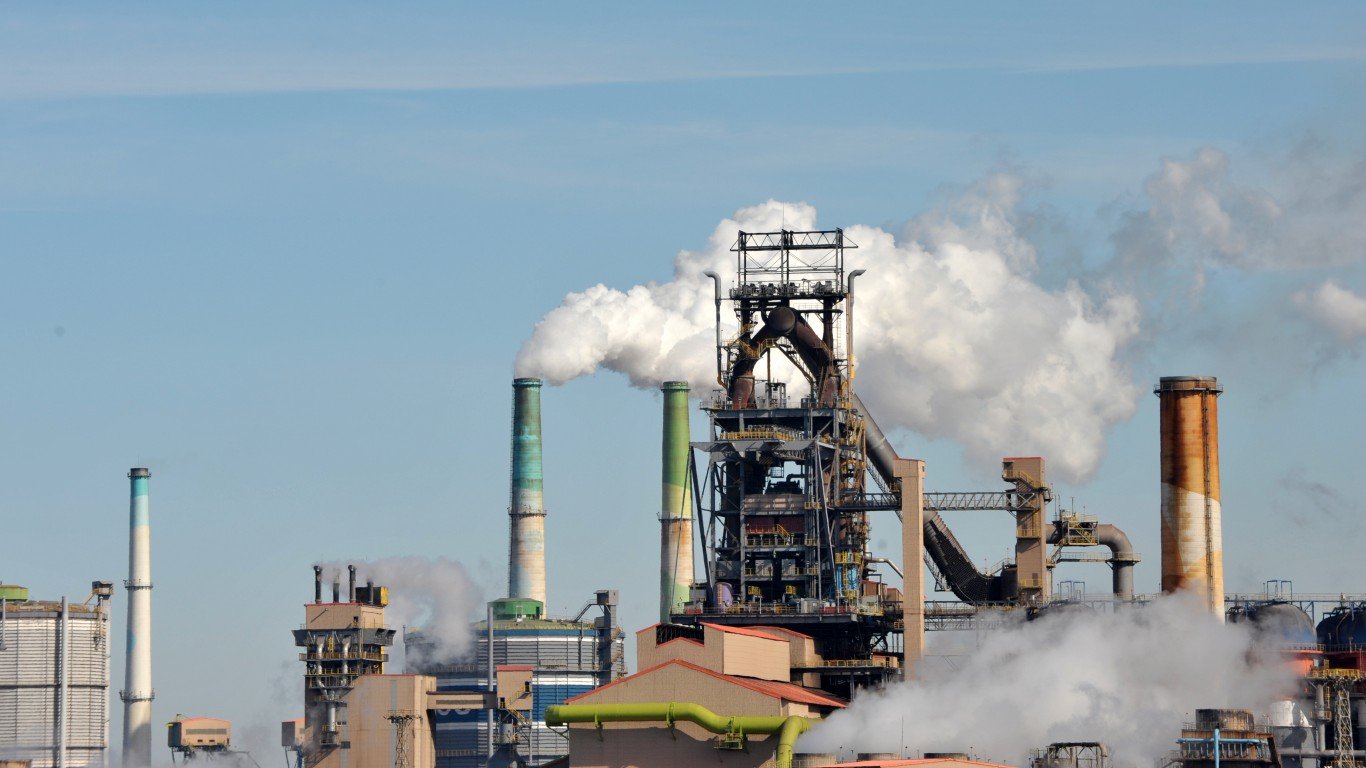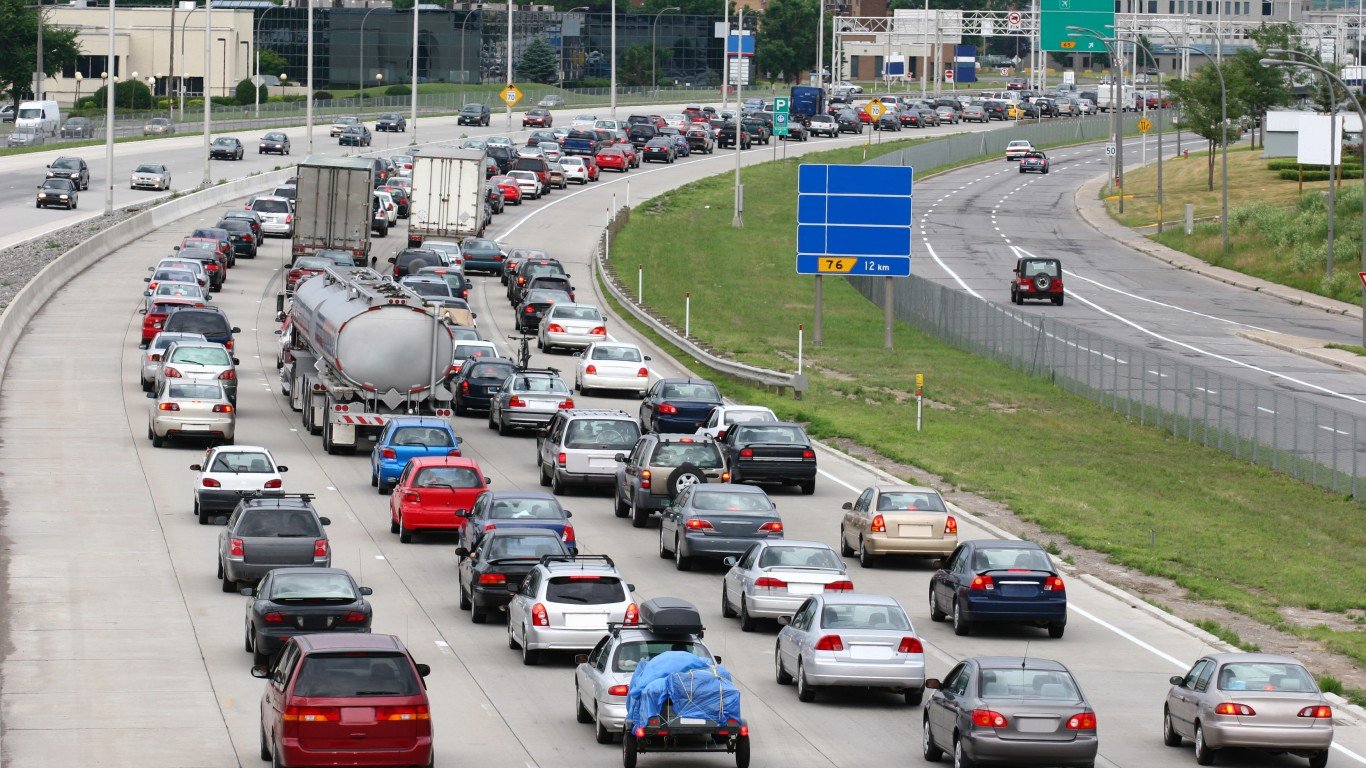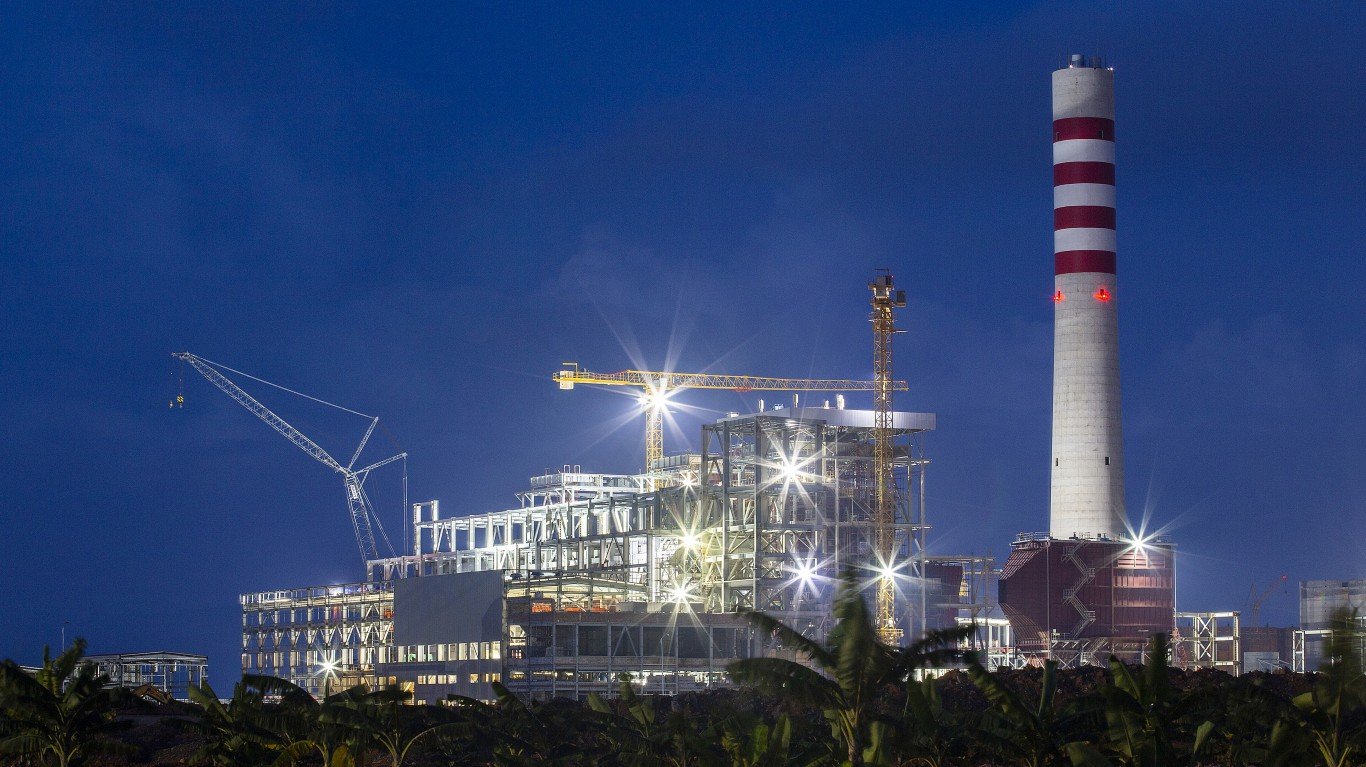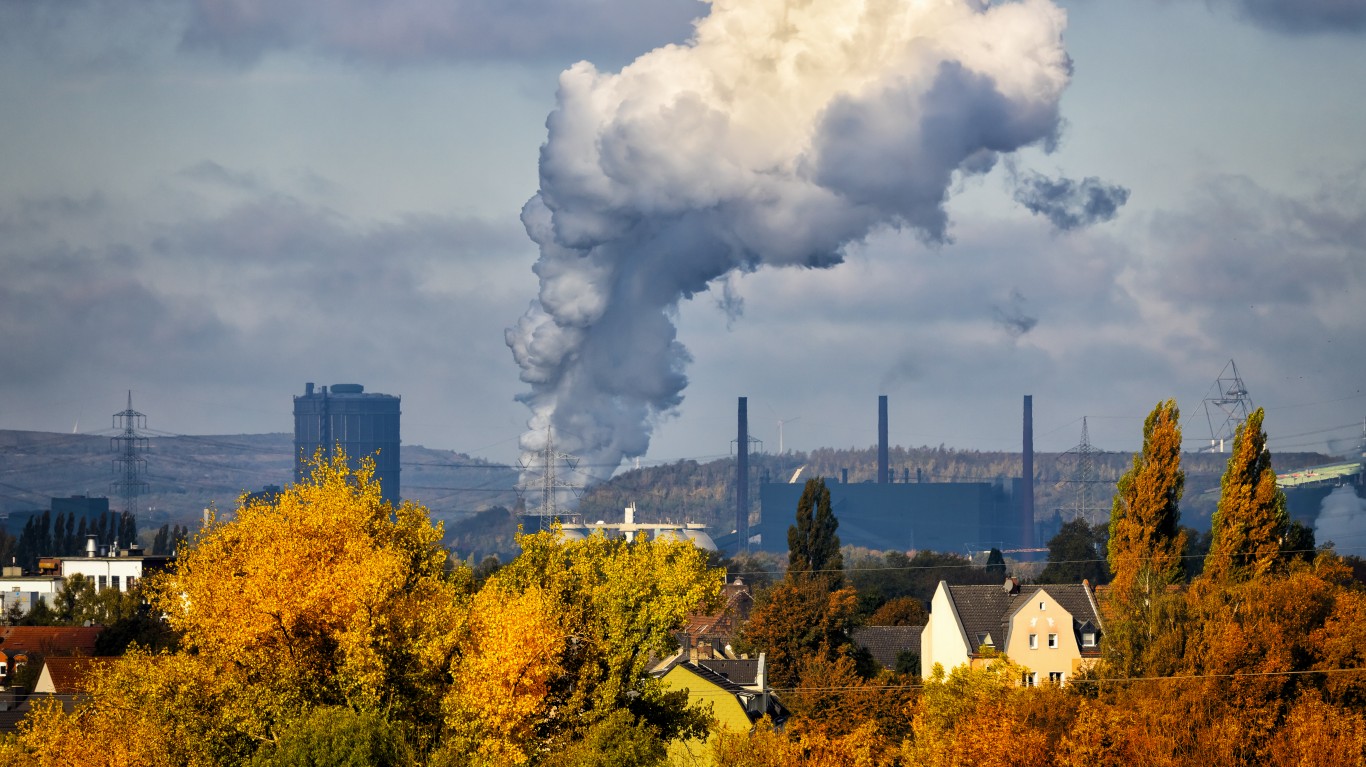
10. South Korea
> GHG emissions, 2019: 593.70 million metric tons of CO2 eq
> Pct. of world GHG emissions: 1.58%
> Pct. of CO2 emissions 2020: 1.72% — #9 of 145 countries
> Population, 2020: 51.78 million
> Pct. of world population: 0.67%
In 2020 South Korea announced its commitment to net zero emissions by 2050, and introduced a “Green New Deal” with a plan to address the pandemic, reduce GHG, and create green jobs. With the Glasgow summit looming in 2021, the country sharpened its focus on climate with new targets and plans, which the government admits will be challenging. Addressing its fossil fuel dependence, Korea’s leadership has pledged to reduce the share of coal burning in its energy mix from 41.9% to 21.8% and to increase its renewables from 6.2% to 30.2% by 2030.

9. Canada
> GHG emissions, 2019: 638.36 million metric tons of CO2 eq
> Pct. of world GHG emissions: 1.70%
> Pct. of CO2 emissions 2020: 1.54% — #11 of 145 countries
> Population, 2020: 38.01 million
> Pct. of world population: 0.49%
Canada has joined the nations pledging zero emissions by 2050 and has codified the goal into law, but it faces serious challenges with high per capita energy use and opposition to the drastic measures needed on the part of the energy utility sector. Though Prime Minister Trudeau ran on a climate platform in 2015, environmentalists are unhappy that there is still no plan or strategy in play sufficient to meet aggressive goals.

8. Indonesia
> GHG emissions, 2019: 650.03 million metric tons of CO2 eq
> Pct. of world GHG emissions: 1.73%
> Pct. of CO2 emissions 2020: 1.69% — #10 of 145 countries
> Population, 2020: 273.52 million
> Pct. of world population: 3.52%
In the months leading up to the Glasgow climate conference, Indonesia introduced two major initiatives designed to put the country on a path to achieving a 29% reduction in emissions by 2030 — and up to 41% with international financial assistance. The first is a carbon tax to be charged against entities that emit above pollution caps set for various sectors. To allow for flexibility, the tax will be augmented with a cap and trade system that will place a value on carbon and allow for market trading.

7. Germany
> GHG emissions, 2019: 658.34 million metric tons of CO2 eq
> Pct. of world GHG emissions: 1.75%
> Pct. of CO2 emissions 2020: 1.85% — #7 of 145 countries
> Population, 2020: 83.24 million
> Pct. of world population: 1.07%
Germany’s GHG emissions dropped by 8.7% in 2020 as the country struggled with lockdowns and a slowed economy. In this way, the pandemic gave Germany the distinction of overshooting by .8% its goal of reducing emissions by 40% between 1990 and 2020. This success is now being undermined by the 2021 economic rebound, projected to result in the highest annual emission rate since 1990.

6. Iran
> GHG emissions, 2019: 778.10 million metric tons of CO2 eq
> Pct. of world GHG emissions: 2.07%
> Pct. of CO2 emissions 2020: 2.14% — #6 of 145 countries
> Population, 2020: 83.99 million
> Pct. of world population: 1.08%
Though it is facing some of the worst consequences of climate change, including threats to water supplies and agriculture, and, despite the fact that it depends on fossil fuels for 90% of its energy supply, Iran has shown little interest in participating in the international effort to reduce GHG emissions. To the extent it has set vague and minimal emission goals, Iran has indicated it will only make efforts to meet these goals with the lifting of international sanctions, and with financial assistance.






